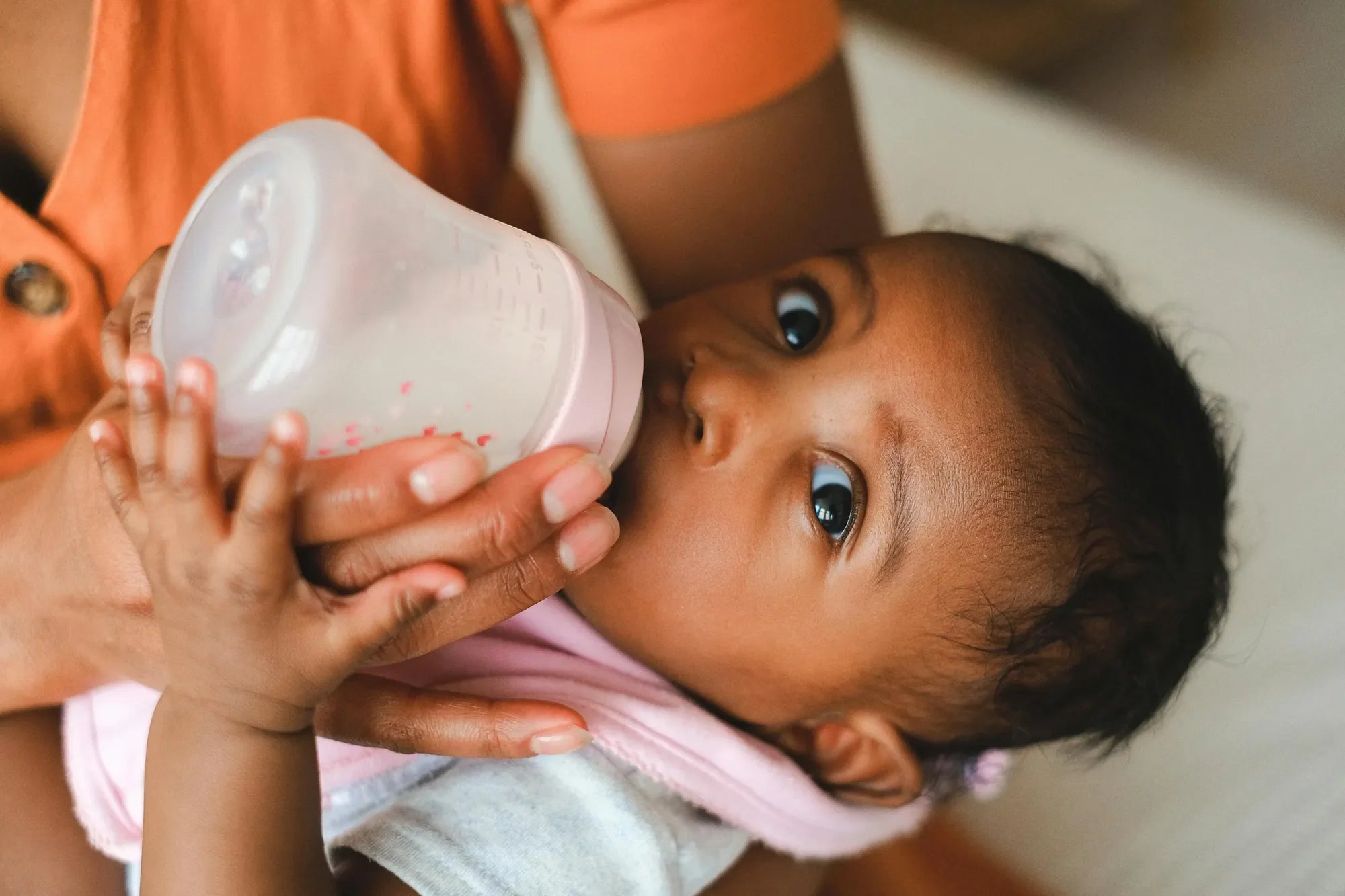Startseite
Pregnancy, Breastfeeding, and Pumping: The Ultimate Guide for Moms
Does Breast Pump Need to Be Sterilised? Essential Insights for New Parents

Does Breast Pump Need to Be Sterilised? Essential Insights for New Parents
When it comes to feeding your baby, ensuring their safety and health is paramount. One of the most common questions new parents ask is: does breast pump need to be sterilised? The answer is a resounding yes, and this article will delve into why sterilisation is essential, how to do it properly, and the potential risks of neglecting this crucial step.
Why Sterilising Your Breast Pump is Crucial
Breast pumps are an invaluable tool for many parents, but they can also become a breeding ground for harmful bacteria if not cleaned and sterilised correctly. Milk residue left in the pump’s components can foster the growth of bacteria, which can then be transferred to your baby during feeding. This can lead to infections, digestive issues, and other health problems. Sterilising your breast pump ensures that all harmful microorganisms are eliminated, providing a safe feeding environment for your little one.
How Often Should You Sterilise Your Breast Pump?
The frequency of sterilisation depends on how often you use your breast pump. For daily users, it’s recommended to sterilise the pump after every use. However, if you only use it occasionally, sterilising it before each use should suffice. Always refer to the manufacturer’s guidelines for specific recommendations, as some components may require special care.
Step-by-Step Guide to Sterilising Your Breast Pump
Sterilising your breast pump doesn’t have to be a daunting task. Here’s a simple step-by-step guide to help you through the process:
- Disassemble the Pump: Take apart all the components of your breast pump. This includes bottles, valves, membranes, and any other detachable parts.
- Wash Thoroughly: Use warm, soapy water to wash each part. A bottle brush can be helpful for reaching small crevices where milk residue might hide.
- Rinse Well: Rinse all parts under clean, running water to remove any soap residue.
- Sterilise: There are several methods for sterilising breast pump parts, including boiling, using a steam steriliser, or using sterilising tablets. Choose the method that works best for you and follow the instructions carefully.
- Dry and Store: Allow the parts to air dry on a clean towel or drying rack. Once dry, store them in a clean, covered container until the next use.
Common Mistakes to Avoid
Even with the best intentions, it’s easy to make mistakes when sterilising your breast pump. Here are some common pitfalls to watch out for:
- Not Disassembling Fully: Failing to take apart all components can leave hidden areas uncleaned and unsterilised.
- Using Dirty Water: Always use clean, filtered water for washing and sterilising to avoid introducing new contaminants.
- Skipping the Drying Step: Moisture can encourage bacterial growth, so ensure all parts are completely dry before storing.
- Ignoring Manufacturer’s Instructions: Different pumps may have specific sterilisation requirements, so always follow the guidelines provided.
The Risks of Not Sterilising Your Breast Pump
Neglecting to sterilise your breast pump can have serious consequences. Bacteria and mould can thrive in milk residue, leading to contamination of the milk you feed your baby. This can result in infections such as thrush, gastrointestinal issues, and even more severe illnesses in some cases. By taking the time to sterilise your breast pump, you’re not only protecting your baby’s health but also ensuring that your feeding experience is as safe and pleasant as possible.
Alternative Cleaning Methods
While sterilising is the most effective way to eliminate bacteria, there are alternative cleaning methods that can be used in between sterilisation sessions. For example, using a dishwasher with a sanitising cycle can help keep your breast pump components clean. However, it’s important to note that these methods should not replace regular sterilisation, especially if your baby is particularly vulnerable to infections.
Tips for Maintaining a Clean Breast Pump
Keeping your breast pump clean and sterile is an ongoing process. Here are some tips to help you maintain a hygienic pumping routine:
- Clean Immediately After Use: Don’t let milk residue sit in the pump for too long. Clean the parts as soon as possible after each use.
- Use Separate Cleaning Tools: Dedicate a specific brush and sponge for cleaning your breast pump to avoid cross-contamination.
- Replace Worn Parts: Over time, parts like valves and membranes can wear out and become harder to clean. Replace them regularly to ensure effective sterilisation.
- Stay Organised: Keep all your breast pump components in a designated area to minimise the risk of contamination.
Final Thoughts on Breast Pump Sterilisation
Sterilising your breast pump is a simple yet vital step in ensuring your baby’s health and safety. By following the guidelines outlined in this article, you can create a clean and safe feeding environment for your little one. Remember, the effort you put into sterilising your breast pump is an investment in your baby’s well-being, and it’s a responsibility that should never be overlooked.
Now that you know the importance of sterilising your breast pump, take the necessary steps to incorporate this practice into your daily routine. Your baby’s health is worth every minute spent ensuring their feeding equipment is clean and safe. Happy pumping!
Teilen


